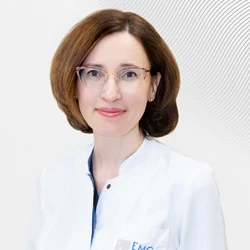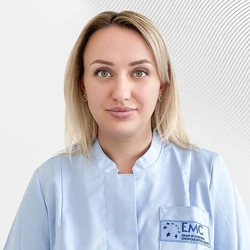Sometimes the function of the lacrimal glands may be impaired in newborns. Natalia Bosha, an ophthalmologist and surgeon at the European Medical Center, described the reasons for this in an article in Shape mama magazine.
In the inner corner of the eye, in the area of the lower eyelid, there is a tiny hole called the "tear point." That's where the tear goes. A negative pressure is maintained in the lacrimal sac, due to which fluid flows out of the eye. Through the lacrimal point, fluid enters the lacrimal canal and flows freely into the nasal cavity. That's why when we cry, we always get a runny nose. This reaction is evidence of the normal functioning of the tear duct.
If tears don't flow
Lacrimal tract obstruction is sometimes found in infants. The cause of this pathology is congenital – obstruction of the nasolacrimal canal. There is a membrane in this tubule, which should burst itself at the time of the baby's birth. But often in babies, especially those born prematurely, the membrane does not have time to rupture naturally. Such children, as a rule, are restless, moody, their eyelids stick together and turn red. There is evidence that blockage of the nasolacrimal canal is more common in boys.
It is necessary to restore lacrimation in the baby as soon as possible. After all, it performs an important function – it moisturizes and protects the eyes from infections. Stagnation of tears causes inflammation of the mucous membrane of the eyes and lacrimal canal, and any inflammatory processes, especially in the head, are dangerous to the health of the baby. Do not try to solve the problem by washing the baby's eyes with chamomile or tea. Contact a specialist immediately.
Massage
A special massage will help restore the normal outflow of tears from the baby. Gently massage the area just below the bump on the inner corner of the eye. But you can't push too hard. The duration of the procedure is 1-2 minutes, but you need to repeat it 10 times a day. Massage exerts pressure on the fluid accumulated in the lacrimal tubule and helps the membrane to burst, opening the way for tears. In most cases, this manipulation helps. If the lacrimation does not recover after 3-4 days, the doctor will suggest surgery – bougie.
Operation
Bougie is performed under local anesthesia. During the operation, the doctor uses a probe (a very thin metal rod) to dissect the membrane, passing the instrument through the entire nasolacrimal canal, sometimes from the side of the nose. After this manipulation, a course of antibiotic therapy is mandatory – an antibiotic is instilled into the baby's eyes. This is done in order to relieve inflammation and prevent the possibility of infection. If this appointment is neglected, an abscess of the lacrimal sac may occur, posing a threat to the child's health. In addition, in the advanced case, a more complex surgical operation will be required, followed by plastic surgery of the nasolacrimal canal.
If the doctor's instructions are strictly followed, then within a month there will be no trace of the problem with the eyes of the crumbs.
This problem occurs, as a rule, in 30% of newborns and by the age of 6-9 months in most cases resolves on its own. The main task of parents facing such a problem is to prevent the development of eye infections or minimize possible inflammation. To do this, follow the doctor's recommendations and do not forget about massage – a very simple and effective way to combat this problem. Only in 2-3% of cases it is necessary to do bougie. Modern medicine makes it possible to perform this surgery painlessly and effectively even in the youngest patients.
Was this information helpful?
Questions and answers
Ask a Question








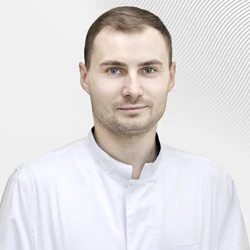
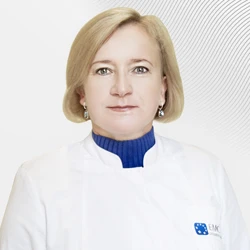
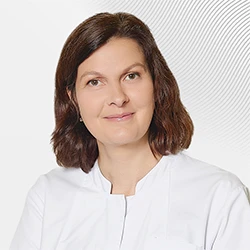


.webp)
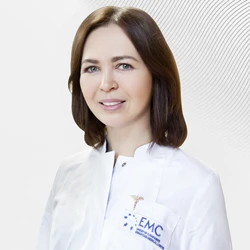

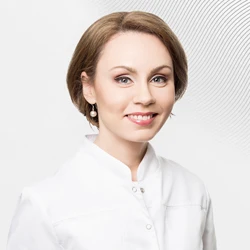

.webp)

